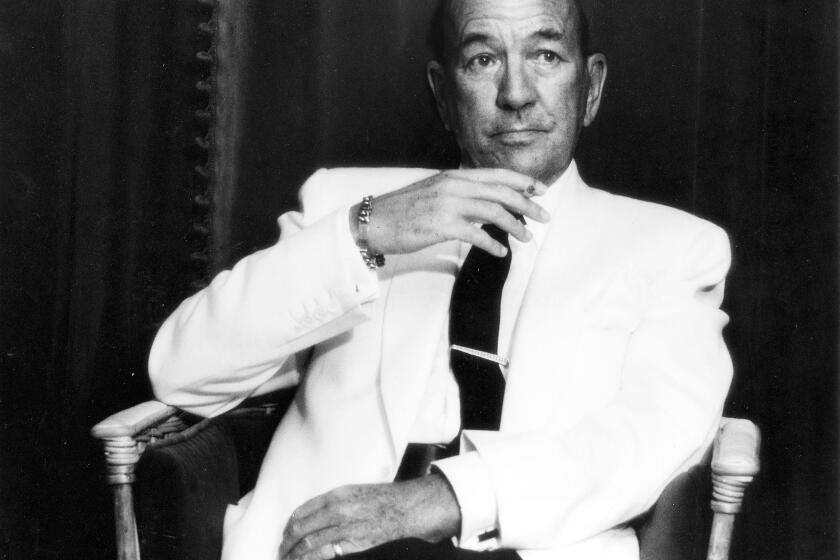How to watch every Best Picture winner from 1930 through 1939

- Share via
The 1930s was Hollywood’s golden age. “All Quiet on the Western Front” (1930) was the last silent-era film to win Best Picture, and while it was years before many critics fully embraced “talkies,” narrative feature films as we know them today came into their own.
How to watch Oscar Best Picture winners through the decades
Intro and 1920s | 1930s | 1940s | 1950s | 1960s | 1970s | 1980s | 1990s | 2000s | 2010s | 2020s (and 2020 nominees)
1930: ‘All Quiet on the Western Front’
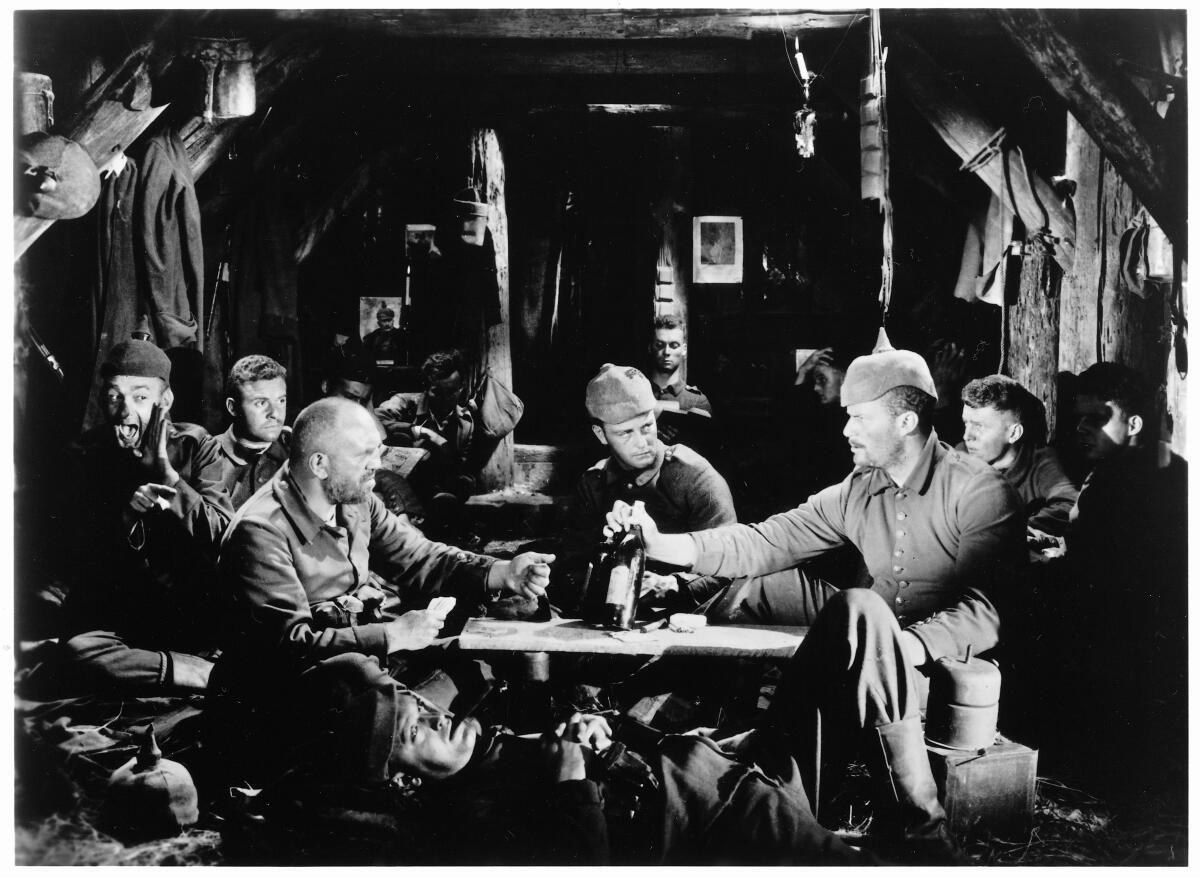
Third Academy Awards: November 1930 for 1929 - 1930 releases
Running time: 2 hours 13 minutes.
Streaming: Prime Video: Rent/Buy | Apple TV+: Rent/Buy
It may well be called a preachment for peace. No motion picture has presented a bleaker, blacker etching of the horror of war than “All Quiet on the Western Front.” Erich Marla Remarque’s realistic story transcribed to the screen produced a profound impression upon its first audience.
“All Quiet On the Western Front” is one or the great productions of all time. Its battle scenes can be termed magnificent, though they are also fraught with horror.
On the scroll of great achievements of the screen let the name of this production be deeply and darkly engraved. For until you have seen it you have never viewed the war portrayed on the motion-picture film.
Words are a feeble description of what occurs in this picture. I can see it only as a series of impressions of a terrible reality — one of the grimmest panoramas of the conflict with sound adding constantly to its uncanny realism.
I cannot recommend that you see this picture simply for enjoyment.
I cannot say enough. however, as to what a courageous accomplishment it is. No one should miss “All Quiet on the Western Front” because it is new proof of how surpassingly real the screen can be. (Read more) — Edwin Schallert
1931: ‘Cimarron’

Fourth Academy Awards: November 1931 for 1930 - 1931 releases
Running time: 2 hours 3 minutes.
Streaming: Prime Video: Rent/Buy | Apple TV+: Rent/Buy
The pioneering spirit of the West lives once again. “Cimarron,” screen transcription of Edna Ferber’s novel, achieves the revivification, an epical and human impression of the land rush days in Oklahoma.
“Cimarron” will draw attention because it is a sincere and colorful accomplishment —more sincere and more colorful, it would seem, than most previous enterprises or this kind in the talkies.
The eye is caught immediately by the sweep of the land rush, that comes with a breath-taking swiftness almost, it would appear, before the picture had started. Such a wild smashing scene would ordinarily be saved for a climax, but here it is presented to give impetus to the whole unfoldment.
Richard Dix is a new personality in the rugged title role. Few good opportunities have come his way of late, but in his portrayal he will regain and doubtless add to his popularity. Not all the finesse that might be deemed desirable, but a dominating impersonation.
“Cimarron” is the sketch of a lifetime. It portrays the experiences of Sabra Cravat from the period when she is the girl-wife of the hero, until she has assumed complete sway as the publisher of her husband’s newspaper, and also becomes a Congresswoman.
Irene Dunne has made her role especially attractive by virtue of an earnest and thoughtful portrayal of the heroine. She will be well-nigh star material as a result of this performance. Simplicity and genuineness seem to mark her whole interpretation. (Read more) — Edwin Schallert
1932: ‘Grand Hotel’
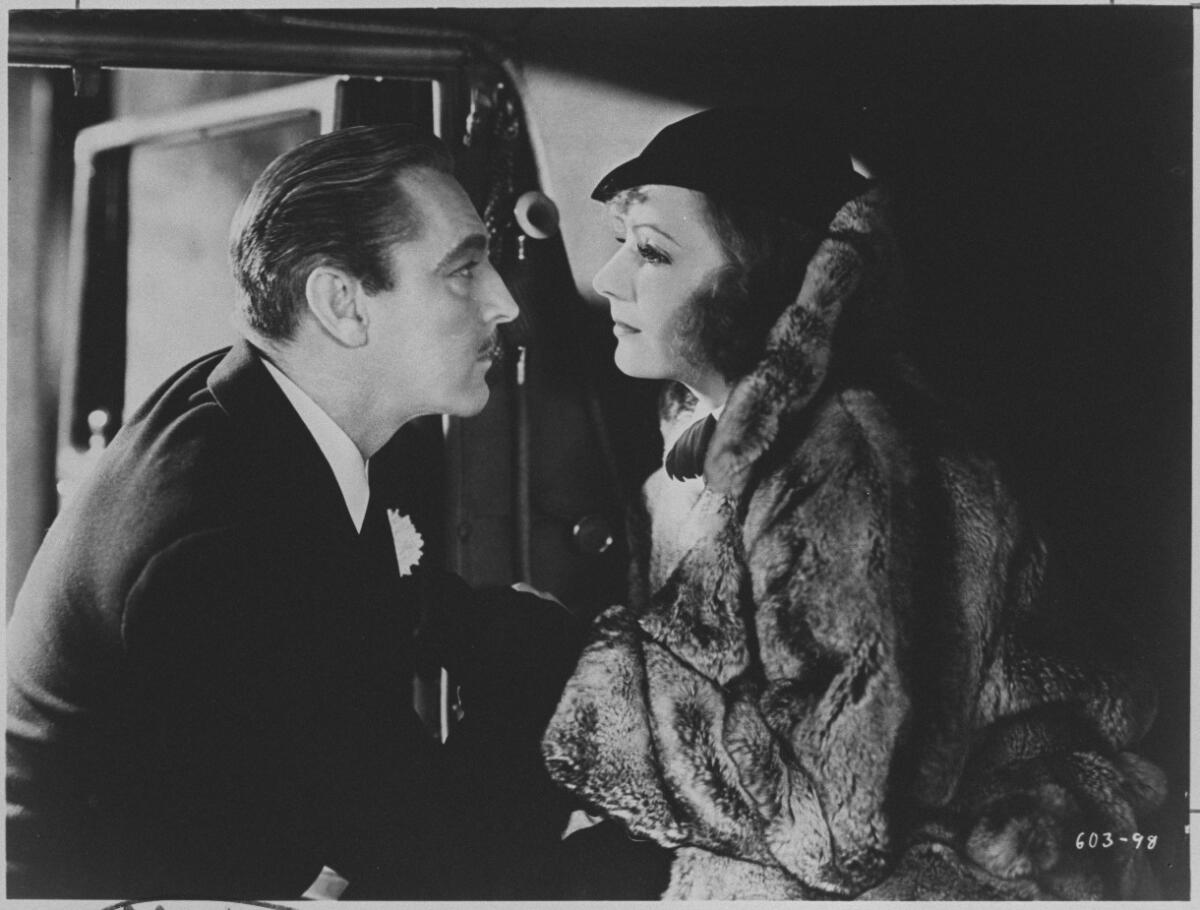
Fifth Academy Awards: November 1932 for 1931 - 1932 releases
Running time: 1 hour 56 minutes.
Streaming: Prime Video: Rent/Buy | Apple TV+: Rent/Buy
The great circular set into which I stepped — over cables, ropes, conduit boxes and a mass of paraphernalia — was the lobby of the Grand Hotel, nominally in Berlin, actually in Culver City. It covered two full stages, and represented the last gasp in Metro-Goldwyn-Mayer’s most ambitious project: The filming of Vicki Baum’s story and play, with a cast headed by five of the foremost actors obtainable — Greta Garbo, John Barrymore, Joan Crawford, Lionel Barrymore and Wallace Beery.
I watched them film the scene next-to-closing. It seemed terrifically complicated, almost an enterprise of engineering, at first. This was because the whole bewildering ensemble was surmounted by a gigantic crane, on the tip of which swung a cameraman and his machine; but the thing moved with such silent grace-gliding, at the pressure of a finger — that this first impression was quickly succeeded by another one. I decided that there was nothing to it at all.
In a way, of course, I was “both wrong.” The scheme had to be worked out scientifically, scene for scene; but once worked out — with actors, technicians and crane behaving as they should — it was as good as “in the can.” (Read more) — Philip K. Scheuer
1933: ‘Cavalcade’
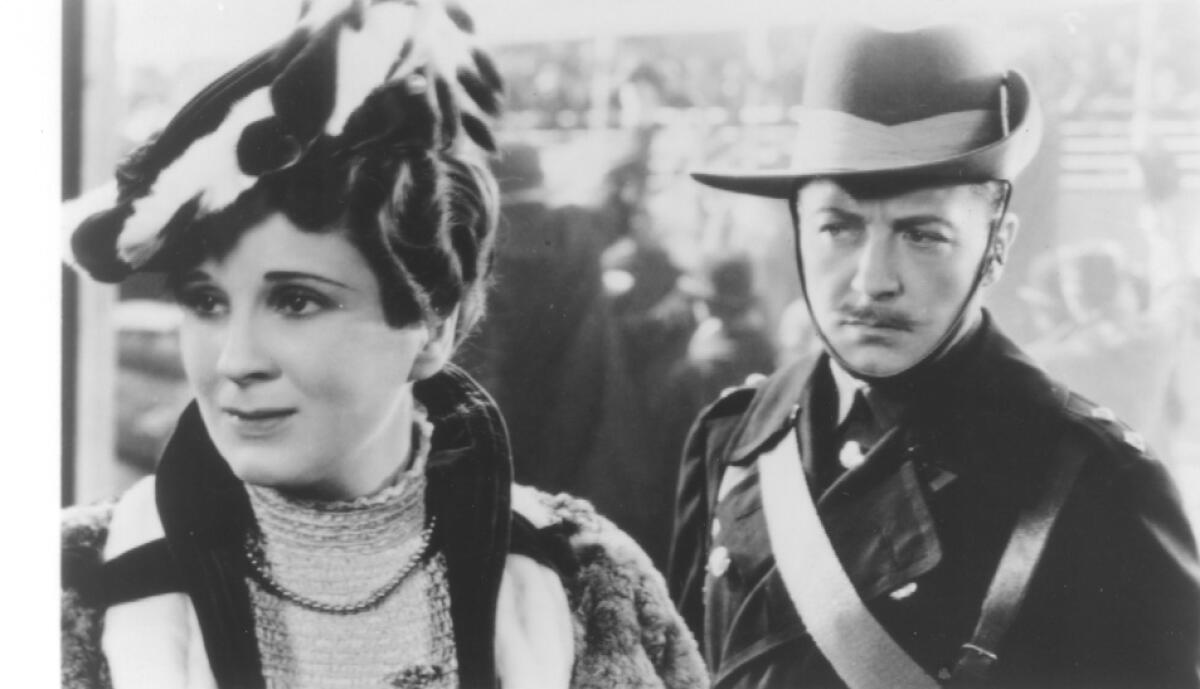
Sixth Academy Awards: March 1934 for 1932 - 1933 releases
Running time: 1 hour 52 minutes.
Streaming: Prime Video: Rent/Buy| Apple TV+: Rent/Buy
“Cavalcade,” first seen Thursday night at the Gaiety Theater, is the greatest picture Fox has ever made and many believe it to be the finest achievement of the talking film. It is magnificent and is virtually without a flaw.
On all sides there is nothing but unqualified praise for the picture, praise which mounts into a pitch of hysteria. Not alone because of the superiority of the screen in achieving spectacular effects, but due to its ability to maintain pace and continuity. (Read more) — Norbert Lusk
Read playwright Noel Coward’s 1933 telegram to the head of production at Fox Studios regarding “Cavalcade.”
1934: ‘It Happened One Night’
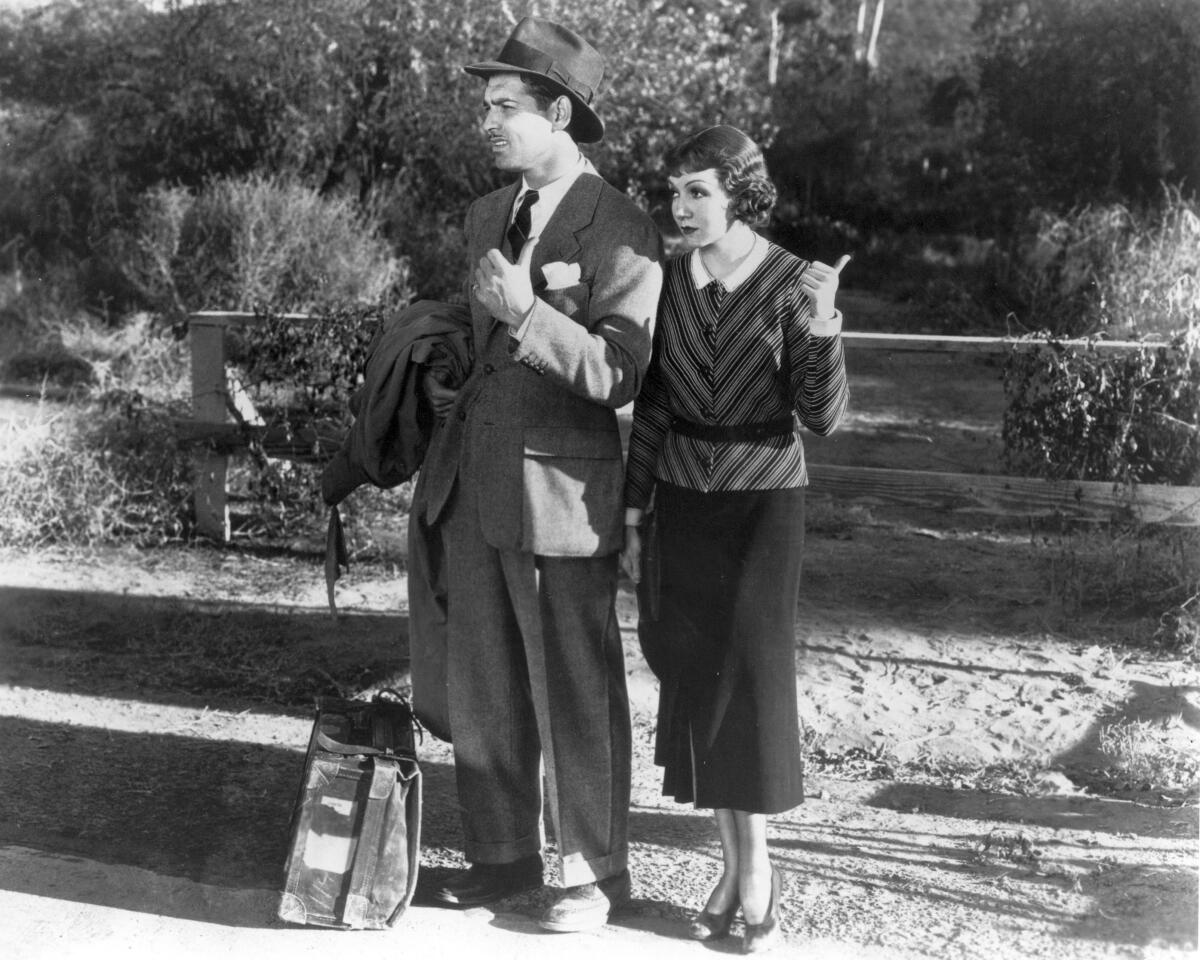
Seventh Academy Awards: February 1935 for 1934 releases
Running time: 1 hour 40 minutes.
Streaming: Prime Video: Rent/Buy | Apple TV+: Rent/Buy
Wherever movies are discussed, the length and breadth of the land, the name or one recent comedy-drama is sure to come up. This is as true of Hollywood as it is of Hohokus — sooner or later the talk will get around to “It Happened One Night,” produced by Columbia, starring Claudette Colbert and Clark Gable, and directed by Frank Capra.
Capra and Columbia’s previous collaboration, “Lady for a Day,” was hardly less conspicuous in its success. But “It Happened One Night” cinched them for immortality. (Read more) — Philip K. Scheuer
1935: ‘Mutiny on the Bounty’
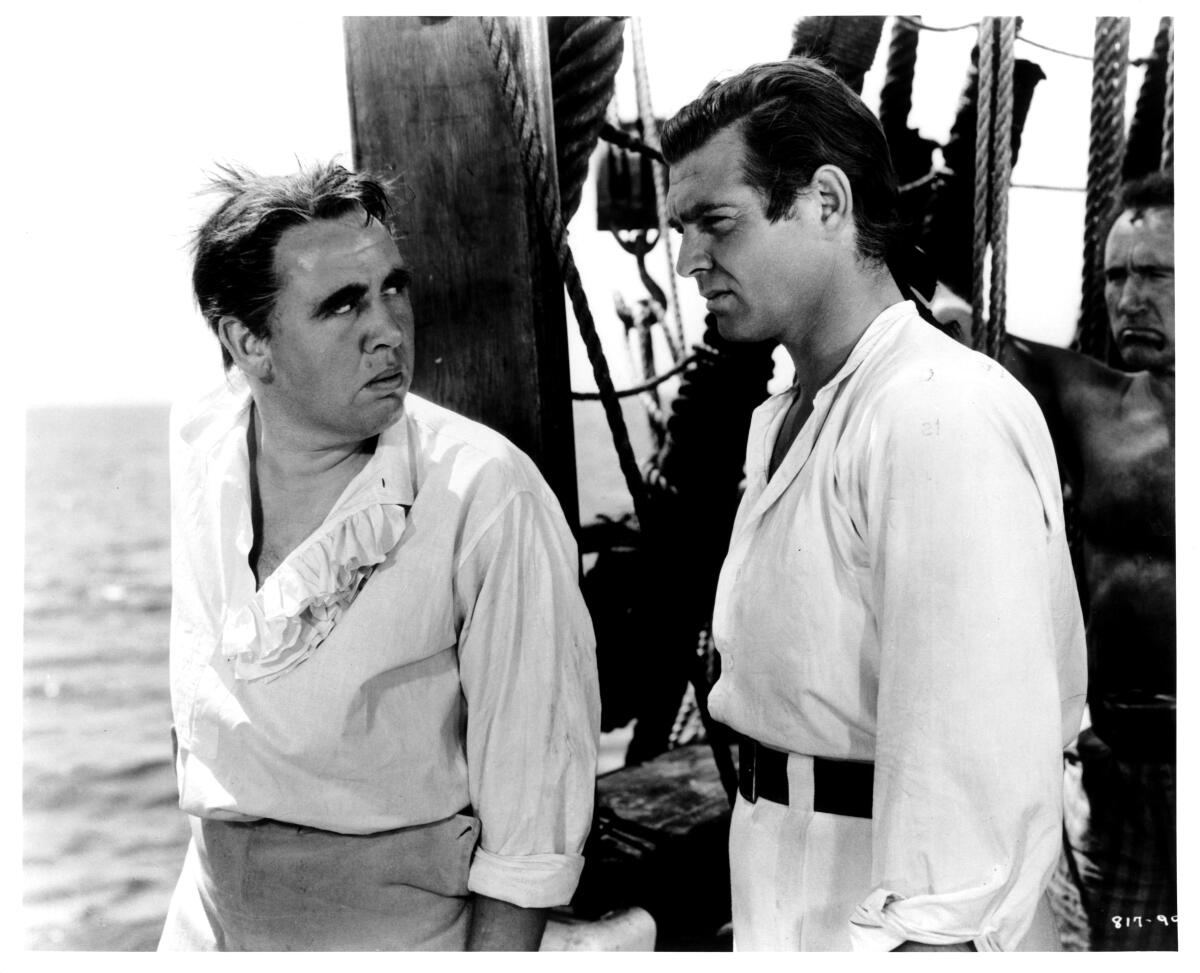
Eighth Academy Awards: March 1936 for 1935 releases
Running time: 2 hours 12 minutes.
Streaming: Prime Video: Rent/Buy | Apple TV+: Rent/Buy
Great sea stories are a rarity in pictures. “Mutiny on the Bounty” is one of them. It ascends to the crest of picturesqueness and of drama, and just occasionally sinks into the trough of brutality. But any forbidding characteristics that it possesses are swept under by the power of its story, which rides high on the tide of adventure in a day when the ocean’s lanes and pathways were fraught with danger. It is a great production, recalling the best days of the silent films in its photographic excellence. Rich in the spectacular, it has mood and quality. Frank Lloyd, as director, brought it to fulfillment as his most important feature of the type since “The Sea Hawk,” and in this instance he has probably more sharply etched characters to deal with.
Certainly Charles Laughton is at his best in a relentless portrait of the inflexible Capt. Bligh. His cruelties are all but overshadowed by his courage, especially when he and a few adherents are set afloat in the long boat by the mutineers.
Clark Gable has a true he-manish character to do as the mate aboard the Bounty. He carries it out with spirit. One misses the lighter Gable in this portrayal, but it is a substantial accomplishment that he offers. (Read more) — Edwin Schallert
1936: ‘The Great Ziegfeld’
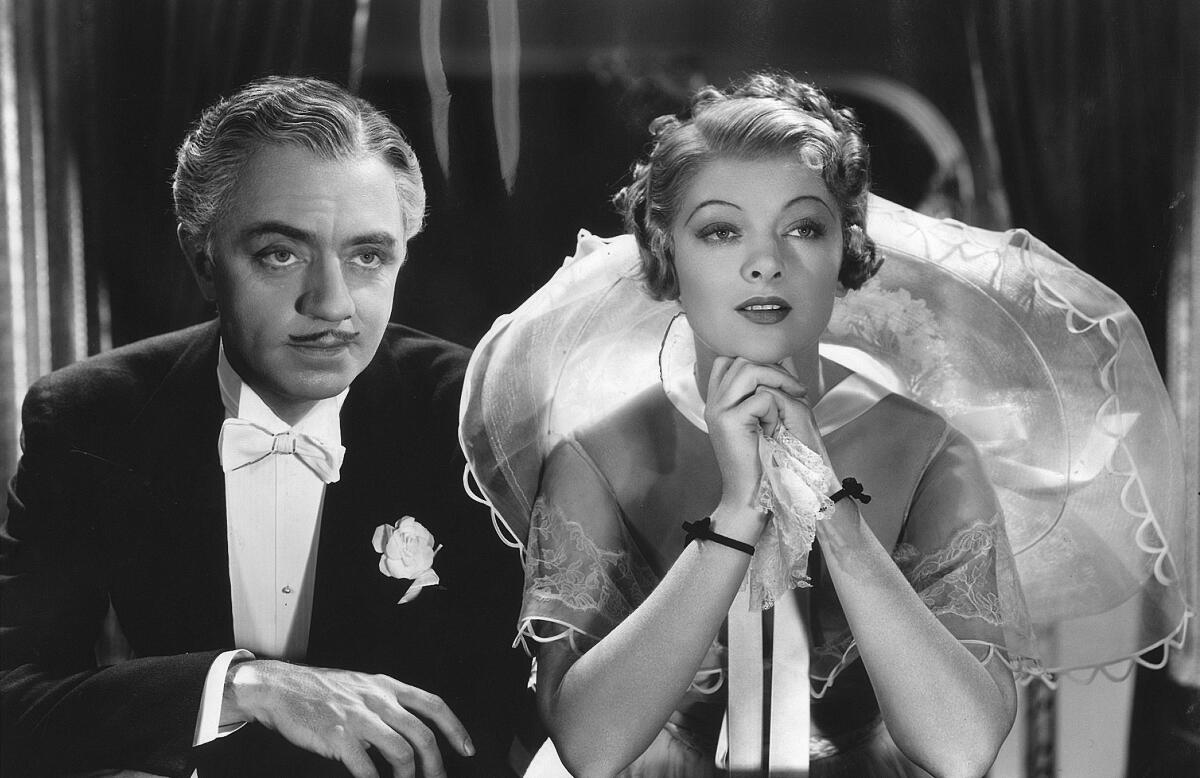
Ninth Academy Awards: March 1937 for 1936 releases
Running time: 2 hours 54 minutes.
Streaming: Prime Video: Rent/Buy | Apple TV+: Rent/Buy
First presentation of “The Great Ziegfeld” surpassed even the highest expectations in the size of the crowd and the glamour of the event. A three-hour film production pursued its way on the screen while an eager throng looked on and retained its enthusiasm until the close.
This particular creation of the cinema breaks all precedent for length, yet such is its spectacular quality and so beautiful are its musical numbers that there is no sense of tedium. Even the story sustains itself amazingly well.
“The Great Ziegfeld” is pre-eminently the story of splendid musical entertainment in America as typified by its title character. In a way it is a sort of memorial glorification of the man who did much to glorify. Certainly the production out-Ziegfelds Ziegfeld. (Read more) — Edwin Schallert
1937: ‘The Life of Emile Zola’
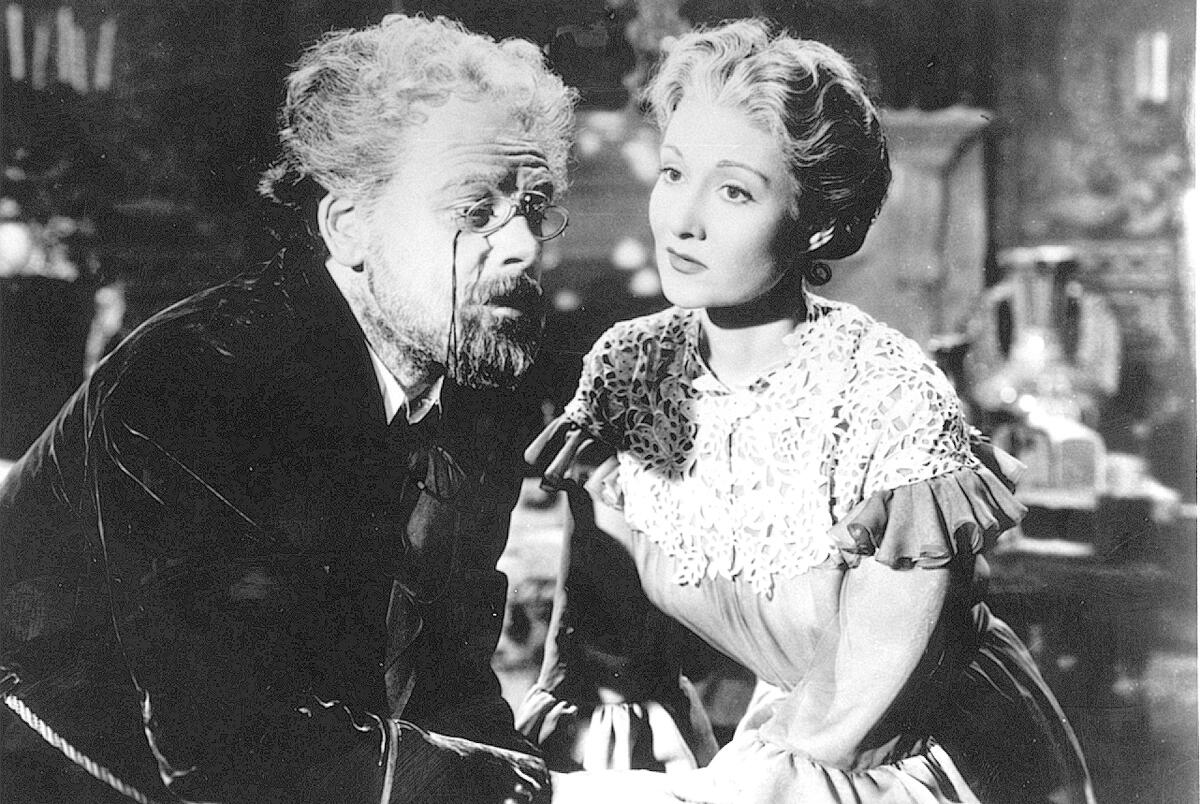
10th Academy Awards: March 1938 for 1937 releases
Running time: 1 hour 56 minutes.
Streaming: Prime Video: Rent/Buy| Apple TV+: Rent/Buy
Paul Muni appears as the great crusader, working against the petty hypocrisies of his time, and coming to the rescue of a man falsely accused of treason.
He exemplifies great courage and the spirit of action, which would not be defeated. It is a role of heroic proportions, which requires admirable sustaining of its purpose, and Muni is the actor to give this fully.
“The Life of Emile Zola” may be described as memorable, and the sort of picture that is upbuilding for the screen. It will win many new audience members to the medium, and appeal to an intelligent taste. (Read more) — Edwin Schallert
1938: ‘You Can’t Take It With You’
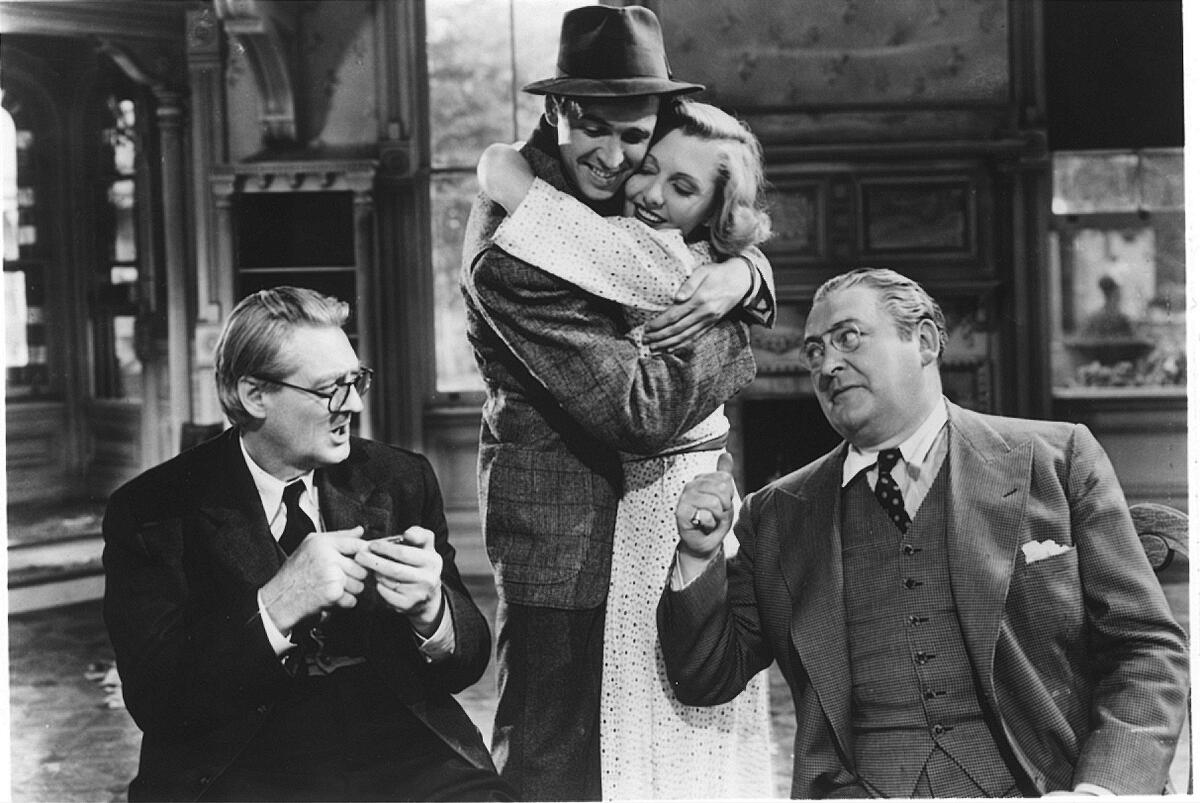
11th Academy Awards: February 1939 for 1938 releases
Running time: 2 hours 1 minute.
Streaming: Prime Video: Rent/Buy | Apple TV+: Rent/Buy
Folks who really get a lot out of life are introduced in the film version of “You Can’t Take it With You,” directed by Frank Capra, it’s certain to be an enormous hit with audiences.
It’s very much in the Capra style that caused “It Happened One Night” and “Mr. Deeds Goes to Town” to be big screen successes. In some ways it’s more boisterous and engrossing even than its predecessors, and there’s a message of good will and good cheer-besides that should find the highest favor with audiences.
The family of the Sycamores might be your next door neighbors. At least, there are one or two that you may well recognize. People utterly without pretense, just trying to have a good time, and over them all as a sort of governor of kindness Martin Vanderhof, father and grandfather. Lionel Barrymore appears in that role, which is of the philosophical and hearty type that he has made familiar.
Jean Arthur is the granddaughter, Alice, who works for a living, and falls in Jove with James Stewart, the son of Wall Street’s great stock manipulator impersonated by Edward Arnold.
Arnold, of all the large group, probably gives the prize performance, because his hard-boiled banker characterization is demanding in its transitions, but everybody unites seemingly in what is a picture of splendid teamwork, with Stewart and Miss Arthur movingly sustaining the impression of young love. (Read more) — Edwin Schallert
1939: ‘Gone with the Wind’
12th Academy Awards: February 1940 for 1939 releases
Rating: G (1971 reissue)
Running time: 3 hours 42 minutes.
Streaming: Prime Video: Rent/Buy | Apple TV+: Rent/Buy | HBO Max: Included
It’s been seen, at last, and it will sweep in practically all the awards of the Academy of Motion Picture Arts and Sciences ... “Gone With the Wind.”
Margaret Mitchell’s novel of the destruction of the Old South went to many hundreds of pages, yet all the essential features of that exceptional narrative have been put on celluloid with an accuracy that even in this day and age of the cinema is extraordinary.
David O. Selznick has exhibited his loyalty before to original subjects in “David Copperfield” and “Tale of Two Cities,” but this is his supreme achievement in that respect, and a multitude of others.
At the moment, one can scarcely think of any statuette that will not be tendered — for production, masculine performance, feminine performance; perhaps the supporting portrayals, direction, writing, camera and art work.
For Vivien Leigh as Scarlett and Clark Gable as Rhett, discerning votes will be widely cast favorably. It is hard indeed to imagine two more exceptional selections. Gable is pluperfect and gives a brilliant performance. (Read more) — Edwin Schallert
How to watch Oscar Best Picture winners through the decades
Intro and 1920s | 1930s | 1940s | 1950s | 1960s | 1970s | 1980s | 1990s | 2000s | 2010s | 2020s (and 2020 nominees)
More to Read
Only good movies
Get the Indie Focus newsletter, Mark Olsen's weekly guide to the world of cinema.
You may occasionally receive promotional content from the Los Angeles Times.
